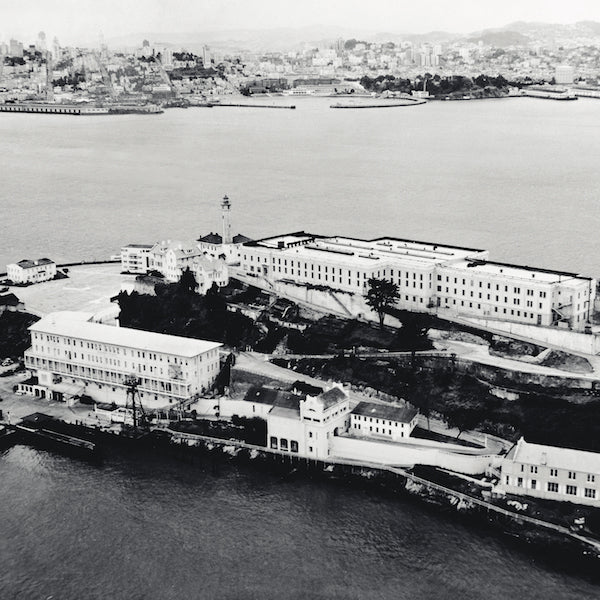During Alcatraz's 29 years as a federal penitentiary, there were 14 documented escape attempts involving 34 inmates. Find out what happened to them in our popular Escape from Alcatraz comic book series.
This series is in progress...check back soon for more comic books!

Inspired by history
A Note on the Series
There wasn’t much to laugh about in 1930s America. The Great Depression showed few signs of letting up, jobs were scarce, and criminals made headlines across the nation. To offset some of this grim reality, many newspapers carried cartoon strips, which most people called the “funnies.”
The first modern comic books to be published in the US, Famous Funnies and Popular Comics, came out in 1934, the same year the Bureau of Prisons opened USP Alcatraz Island and shipped Chicago crime czar Al Capone cross-country from the federal penitentiary at Atlanta to take up residence in one of its cells.

In an era of larger-than-life gangsters, it’s not surprising that some of the earliest comic-book villains were modeled on hijackers, embezzlers, kidnappers, and bank robbers whose real-life counterparts were locked up on Alcatraz. In fact, a few featured real villains, including Al Capone (AZ-85) who made a cameo in a 1938 issue of Action’s “Superman” series. In 1948, Machine Gun Kelly, AZ- 117, was the hapless star of one of the issues in the “Crime Does Not Pay” series.
The world was a dangerous place, but in comic books, lawmen and superhero crime-fighters gave people hope for a future in which justice prevailed and the good guys always won. In life, of course, nothing is that simple. The federal prison system is just one example of an environment in which political expediency, fear, limited resources, and human frailties interact in unpredictable ways. Prisons are complex and volatile places, administered and occupied by people with conflicting agendas. Things get messy. This was as true during Alcatraz’s life as a federal penitentiary (1934–1963) as it is today.
The “Escape from Alcatraz” comic book series relies upon the historical record—events documented in reports and interviews, and by evidence—for its storylines.
Within this framework, the comics’ creators tell and illustrate compelling tales of the very human drive to be free, sometimes at any cost.
editor's note
Caution Advised
Some comics contain graphic depictions of violent Alcatraz escape attempts and may not be suitable for all young readers.




















